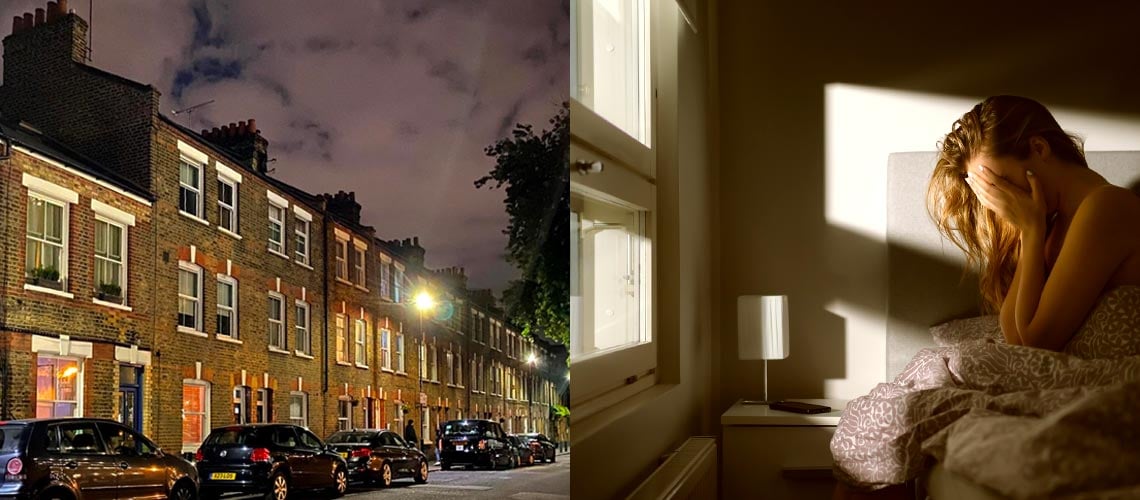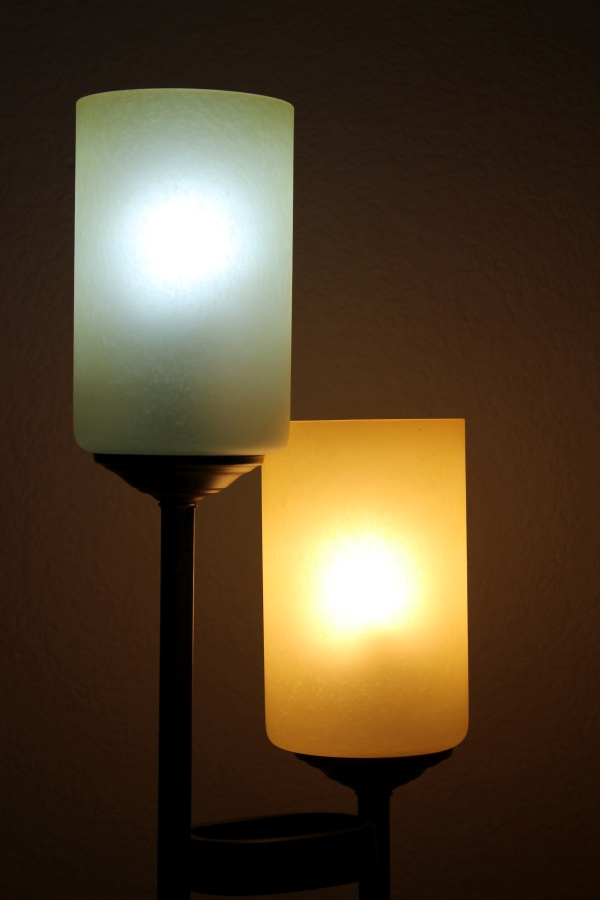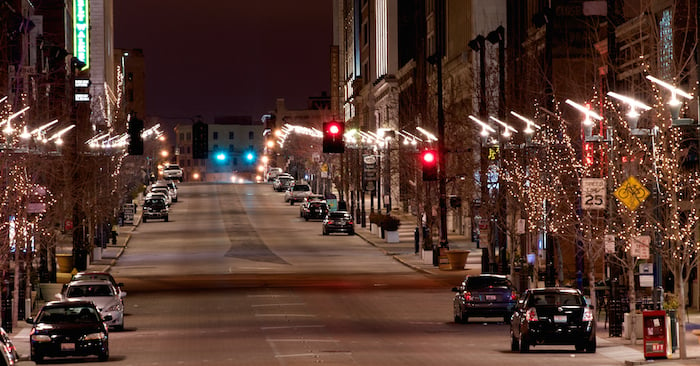
Light pollution affects human health
Research suggests that artificial light at night can negatively affect human health, increasing risks for obesity, depression, sleep disorders, diabetes, breast cancer and more.

“Many species (including humans) need darkness to survive and thrive.”
– American Medical Association Council on Science and Public Health (2012)
Exposure to artificial light at night harms your health
Humans evolved to the rhythms of the natural light/dark cycle of day and night. The proliferation of artificial light at night means most of us no longer experience truly dark nights.
Many studies have shown that exposure to artificial light at night negatively affects human health, including increased risk for:
- Sleep disorders
- Depression
- Obesity
- Diabetes
- Heart disease
- Cancer
According to the American Medical Association, “It is estimated that white LED lamps have five times greater impact on circadian sleep rhythms than conventional street lamps. Recent large surveys found that brighter residential nighttime lighting is associated with reduced sleep times, dissatisfaction with sleep quality, excessive sleepiness, impaired daytime functioning and obesity.”
According to a 2023 paper by eight physicians and researchers published in GeroScience (the journal of the American Aging Association) “there is an increasing number of research underlining the complexity of the correlation between light pollution and Alzheimer’s disease; however, additional studies to enhance the key tenets are required for a better understanding of this relationship.”
Circadian rhythm and melatonin
Like most life on Earth, humans adhere to a circadian rhythm — our biological clock — a sleep-wake pattern that is governed by the natural day/night cycle. This cycle is largely influenced by photoreceptors in the eye that are more sensitive to blue wavelengths of light. It’s important for every human to experience outdoor lighting during the day and minimize the amount of light entering their eyes at night to maintain a good circadian cycle. Artificial light at night can, unfortunately, disrupt that cycle.
Nighttime exposure to artificial light also suppresses melatonin production, which is needed to keep us healthy. Melatonin has antioxidant properties, induces sleep, boosts the immune system, lowers cholesterol, and helps the functioning of the thyroid, pancreas, ovaries, testes, and adrenal glands.
Not all artificial light is created equally
Exposure to any light at night can suppress melatonin, but the photoreceptors in your eyes that drive this suppression are more sensitive to blue. This is why we emphasize reducing blue light content at night, to help us sleep better. Unfortunately, most LEDs used for outdoor lighting — as well as computer screens, TVs, and other electronic displays — create abundant blue light.
For this reason, a 2016 American Medical Association report expressed concern about exposure to blue light from outdoor lighting and recommended shielding all light fixtures and only using lighting with a correlated color temperature (CCT) of 3000 K and below. The light inside your home or other indoor spaces and the light coming from your electronic devices generally have a greater impact on your health, however, because the light levels are higher and you’re typically exposed to interior lighting longer than you are to outdoor lighting.
Today’s best practice for nighttime lighting is to minimize your exposure to light, and especially to blue light. When you’re home at night, use dimmers and lower-CCT light bulbs, and utilize color temperature apps that adapt your electronic screens to the time of day — “cool” appearing light during the day and “warm” appearing light at night.
Choosing the right bulb

In this picture, the bulb on the left is rich in high-CCT blue light, while the one on the right isn’t.
Be sure to examine the packaging of bulbs you buy. In the United States and many other countries, all packaging for new light bulbs provides correlated color temperature information. It is commonly included in a Lighting Facts box and may be referred to as “light appearance.” The CCT, measured in kelvins (K), will be indicated by a number and a marker on a scale ranging from “warm” on the left to “cool” on the right.

When purchasing a lamp or bulb, it is important to consider both where and when you will use it.
At night, you should select warm bulbs with low CCT to minimize exposure to blue-rich light that will disrupt melatonin production. Look for bulbs rated at 3000 K or lower that can be dimmed.
During the day, we need bright light to support a healthy circadian rhythm. The best way to do this is to get outside and enjoy the sunshine. Select “cool” (i.e., bluer) light sources for daytime interior use in the spaces you work in and use most often. It’s best to have these lights at a higher light level during the day to mimic the natural day/night cycle.
For interior lighting, more advanced bulbs can change color and intensity through downloadable apps on a smartphone. They can be automatically programmed for higher-level bluish light during the day (like daylight) and warmer appearing, dimmer light at night.
The Kelvin temperature chart below shows you what the numbers mean.
The CCT (Kelvin) scale
Higher CCTs mean bluer light, the kind that should be avoided after dusk. Lower CCTs are more yellow or orange in color, i.e., “warmer” appearing.


Read our Seeing Blue Report (PDF), published in 2010, to learn more.
Glare from outdoor lighting is a safety hazard
Glare from poorly shielded outdoor lighting also harms your health because it decreases vision by reducing contrast. This limits our ability to see potential dangers at night. Aging eyes are especially affected.
You can do your part to reduce glare by using shielded fixtures and dimming the light levels to only what is required. Often, outdoor light fixtures produce more light than is necessary, and dimming them to more appropriate levels reduces glare and saves energy. “Discomfort and disability from intense, blue-rich LED lighting can decrease visual acuity and safety, resulting in concerns and creating a road hazard” read a 2016 report from the American Medical Association Council on Science and Public Health.


















